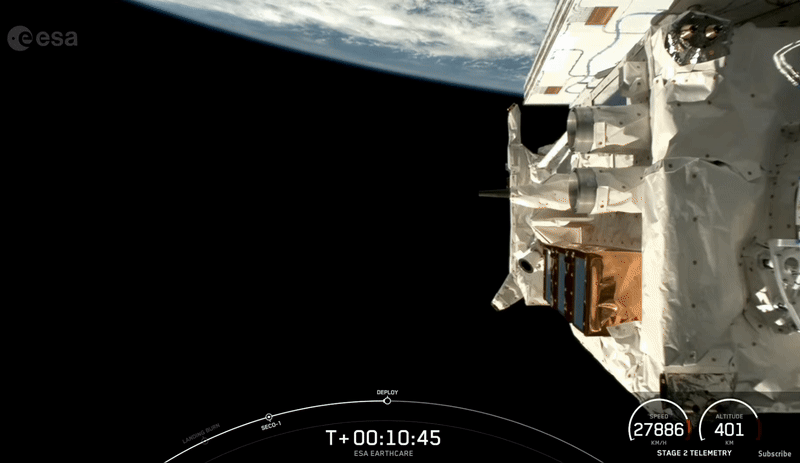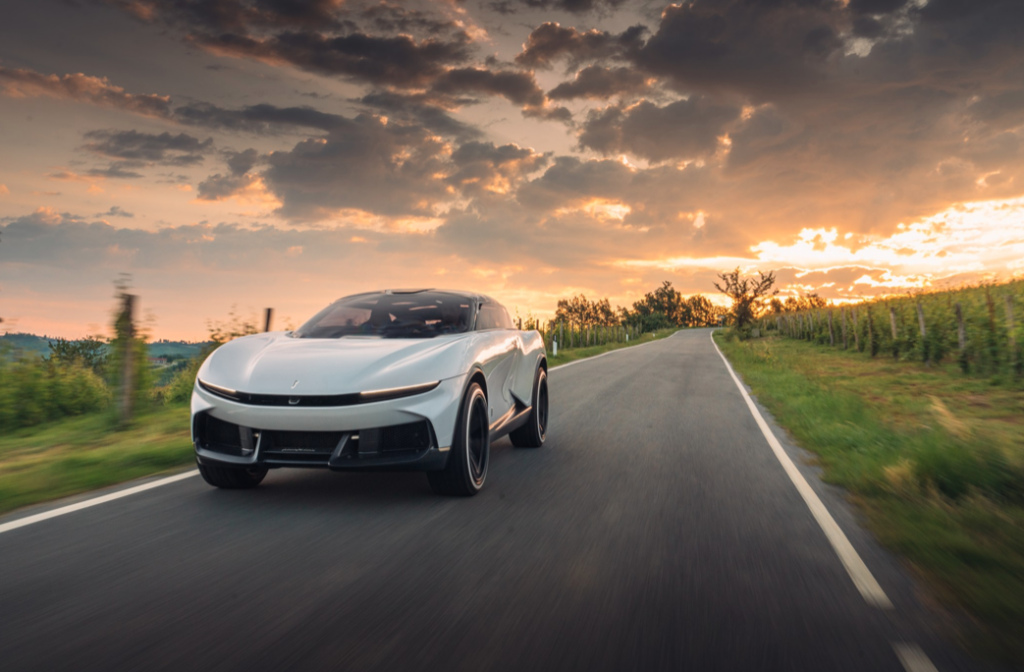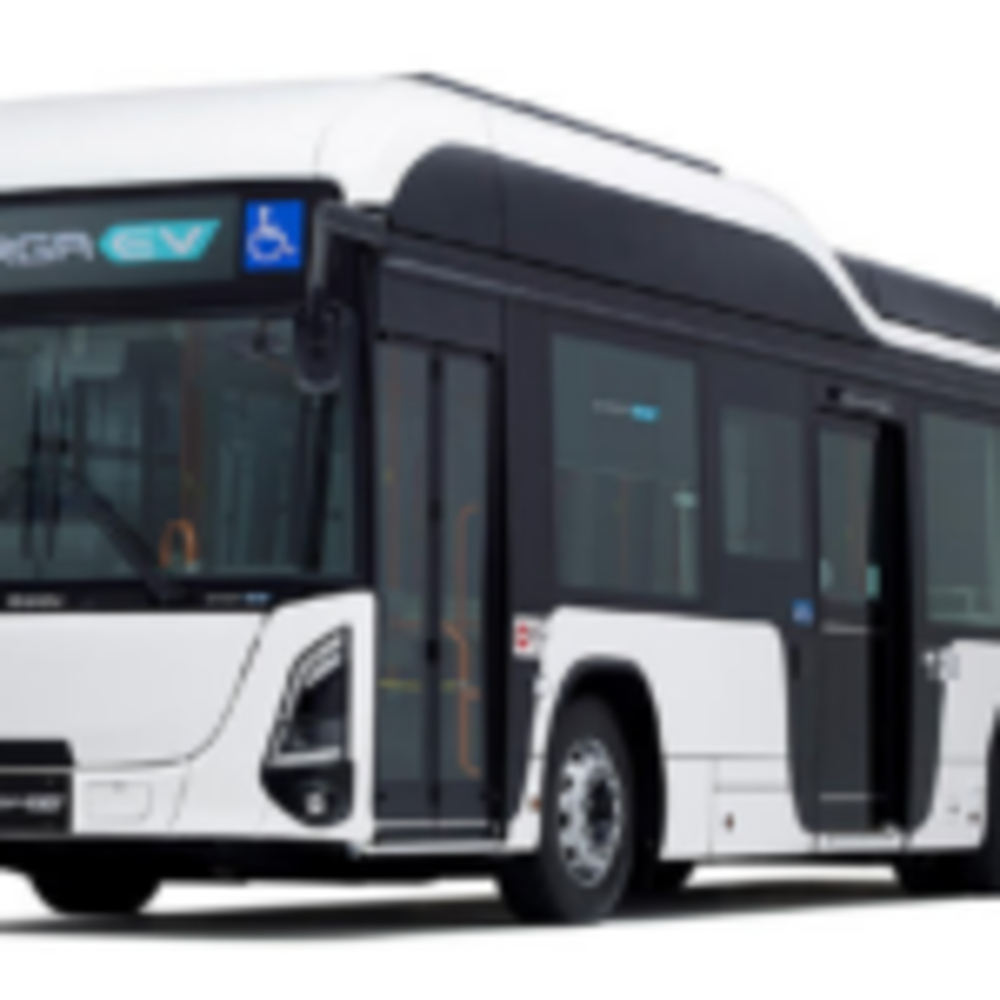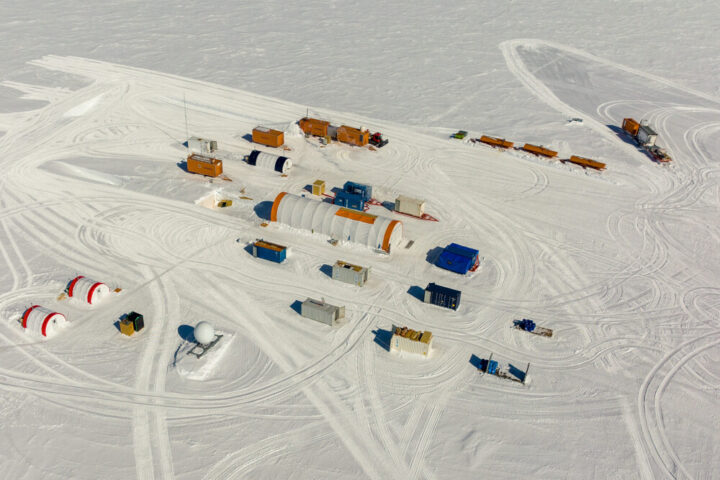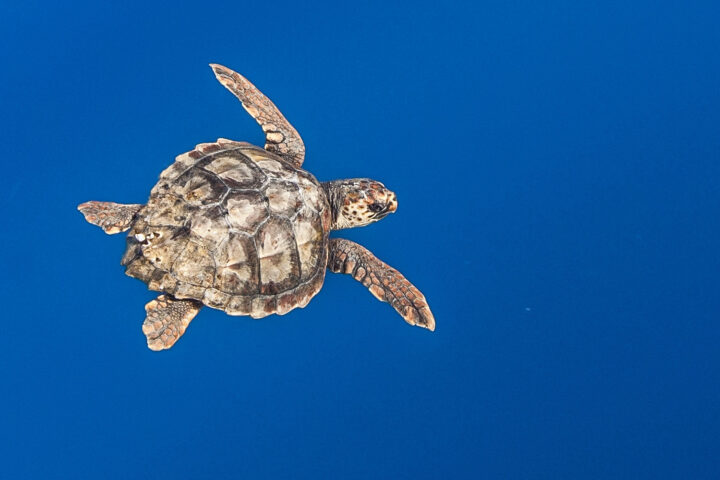The Earth Cloud Aerosol and Radiation Explorer (EarthCARE) satellite has been launched. EarthCARE is a joint project of the European Space Agency (ESA) and the Japan Aerospace Exploration Agency (JAXA) aimed at changing our understanding of how aerosols affect our climate through four instruments: a cloud profiling radar, an atmospheric lidar, a broadband radiometer, and a multi-spectral imager.
EarthCARE lifted off at 22:20 UTC aboard a Falcon 9 rocket from Vandenberg Base in California. Just 10 minutes later, the satellite separated from the rocket. Then, at 23:14 UTC, the signal indicating that the mission is safely in orbit around Earth was received. The Japanese have a nickname for the satellite, “Hakuryu” (White Dragon).

With the climate crisis becoming increasingly urgent, the Earth Cloud Aerosol and Radiation Explorer, or EarthCARE for short, will soon provide crucial information to shed new light on the complex interactions between clouds, aerosols, and radiation within Earth’s atmosphere, reports ESA.
EarthCARE will examine the role of aerosols (tiny atmospheric particles) in reflecting solar radiation back into space (cooling the atmosphere) and trapping infrared radiation emitted from the Earth’s surface (associated with atmospheric warming). Its information will be relevant in the current context of the climate crisis caused by climate change.
Simonetta Cheli, Director of ESA’s Earth Observation Programs, highlights: “EarthCARE is the most complex of ESA’s research missions to date. Its development, and now launch, is thanks to close cooperation with our JAXA partners, who contributed the satellite’s cloud profiling radar instrument, and all of the space industry teams involved. The mission comes at a critical time when advancing our scientific knowledge is more important than ever to understand and act on climate change, and we very much look forward to receiving its first data.”

Equipped with four observation sensors, including the Cloud Profiling Radar (CPR) provided by JAXA, the satellite will acquire detailed global data on clouds and aerosols. The CPR, a world-first radar, can measure the speed of updrafts and downdrafts within clouds, allowing for the examination of the vertical structure of clouds and aerosols, including within thick clouds such as typhoons.
Eiichi Tomita, project director of JAXA’s cloud profiling radar, adds: “Increasing the accuracy of global climate models by using EarthCARE data will allow us to better predict the future climate and therefore take necessary mitigation measures. JAXA provided the cloud profiling radar – the world’s first radar that can measure the velocity of upward and downward flow within clouds.”
Similar Posts
The new ‘Earth Cloud, Aerosol and Radiation Explorer’ will profile vertical aerosols, record the distribution of water droplets and ice crystals in clouds and how they are transported within clouds, and provide essential data to improve climate warming modeling and weather prediction. Aerosols influence cloud life cycles, thus indirectly contributing to how clouds emit radiation: their measurement will provide a better understanding of Earth’s energy balance.
EarthCARE has been designed and built by a consortium of over 75 companies under the direction of Airbus as the prime contractor, with the collaboration of numerous research centers in Europe and Japan.
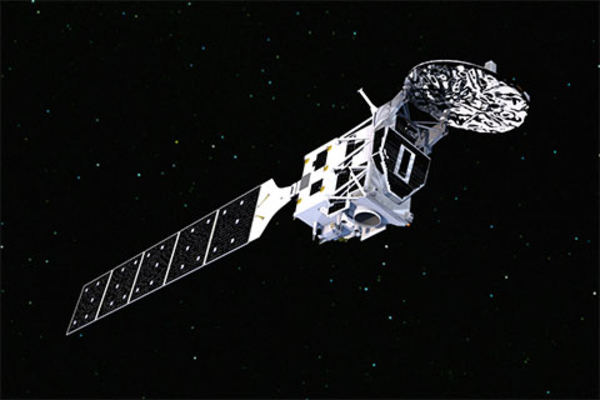
“EarthCARE is ESA’s largest and most complex Earth explorer, a flagship mission whose data will help improve the accuracy and reliability of numerical climate and weather prediction models,” expalined Alain Fauré, head of Space Systems at Airbus. “International cooperation was key with more than 200 research institutes and 45 companies across Europe working hand in hand to deliver this spacecraft,” he adds.
One of EarthCARE’s four instruments, the ATLID atmospheric lidar, is also manufactured by Airbus, including two electronic units provided from its headquarters in Tres Cantos (Madrid). This device emits a laser pulse to analyze the light reflected by different atmospheric layers, allowing for detailed vertical profiles of aerosols.
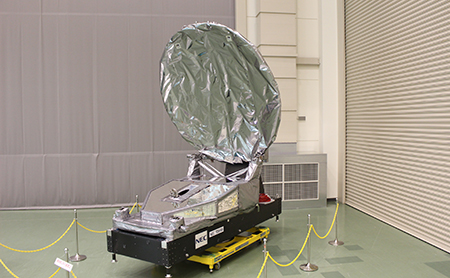
Photo Credit- Japan Aerospace Exploration Agency.
Human activities, including industrial processes, transportation, and agriculture, are significantly altering aerosol concentrations in the atmosphere and thus impacting regional climate patterns.
EarthCARE is already being controlled from ESA’s European Space Operations Center in Darmstadt, Germany. The next few months will be spent carefully checking and calibrating the mission as part of the commissioning phase.
EarthCARE will orbit Earth in a heliosynchronous polar orbit at 400 km, crossing the equator in the early afternoon to optimize daylight conditions. Weighing 2.3 tons and with a length of 18 meters, once its solar panel and CPR instrument are deployed, EarthCARE will be in service for at least 3 years.
